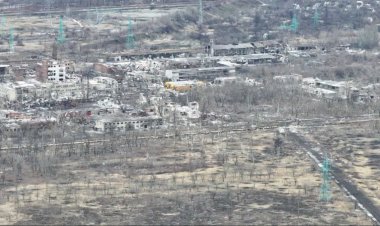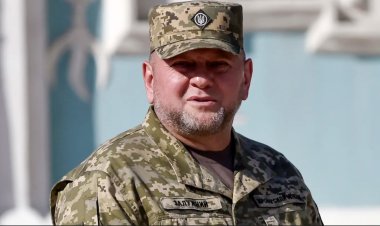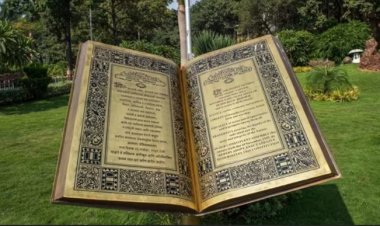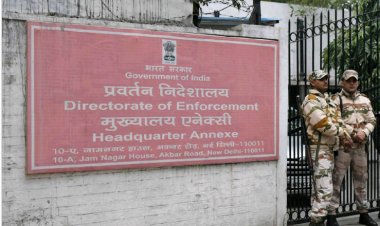Anti-hijab protests rage across Iran after death of Mahsa Amini
These are seemingly different from earlier agitations in the way they foreground women’s issues.

The morality police in its current form was created 15 years ago and has women in its ranks. Its personnel patrol the streets of big cities in white vans with green stripes. Usually, those violating the dress code are let off with a warning. A few, like Amini, are arrested on what the authorities term as “bad hijab”. The activities of the morality police have apparently increased noticeably after President Ebrahim Raisi came to power in 2021. The charge against Amini was that she was wearing “tight trousers” and that her headscarf was “improperly” worn.
She was sent to a “guidance centre” set up by the authorities where women are counselled on the rules governing women’s clothing and released after a few days. The authorities claimed that she died of a heart attack and provided video footage to bolster their claims.
Immediately after Amini’s death, President Raisi called up her family. “Your daughter is like my own daughter, and I feel that this incident happened to one of my loved ones,” he told her parents over telephone. He also promised a full-fledged inquiry into the circumstances of her death.
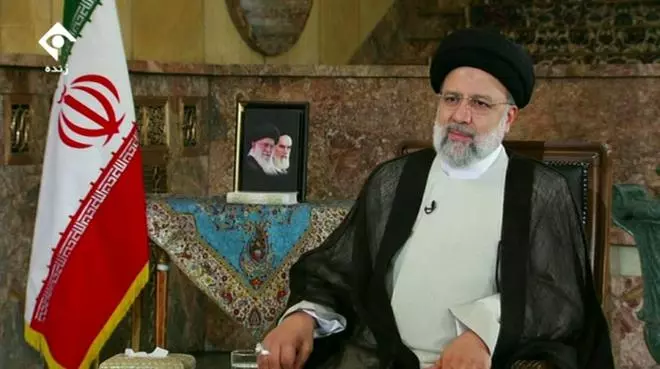
Many Iranians, especially those opposed to the current conservative government, refused to believe the 22-year-old died of a heart attack. Tehran’s police chief, Hossein Rahimi, claimed that Amini had several pre-existing conditions like diabetes and epilepsy. He vehemently denied allegations of mistreatment, saying that they were “completely false”. Amini’s parents, however, insisted that she had no health problems and alleged that their daughter’s death was caused by the inhumane treatment meted out to her. Her father said there were bruises on her legs.
Interior Minister Ahmad Vahidi denied the family’s claim and insisted that Amini was not beaten. “Reports from oversight bodies were received, witnesses were interviewed, videos were reviewed, forensic opinions were obtained, and it was found that there was no beating,” he told the Iranian media.
Hijab law and morality police
Many Iranians, especially in urban areas, have for long abhorred the dress code. In recent years, Iranian women in large numbers started flouting the hijab rules, while the morality police began to implement the “bad hijab” rules selectively to deter them. In the past, women who protested against the dress code were dealt with more sternly and even faced prison terms.
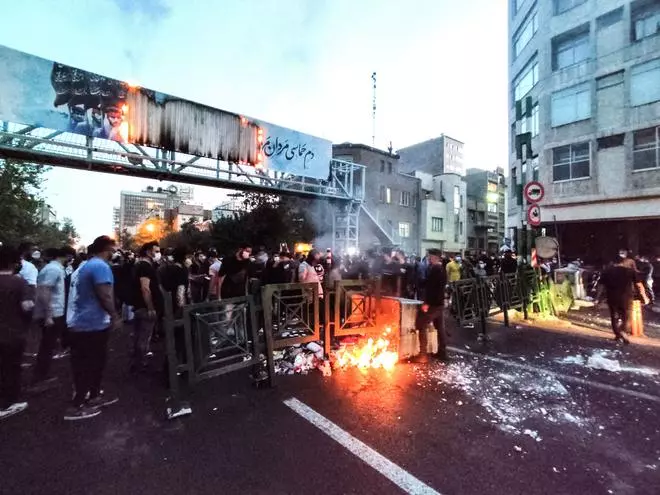
The current protests were initially focussed against the actions of the morality police and their attempts to impose the dress code. The first big protest march by women after Amini’s death happened in Tehran. According to reports, it was the biggest demonstration against the dress code since the establishment of the Islamic Republic in 1979. During the initial days of the protests, some women took the daring step of burning their headscarves in full view of the authorities and some even cut off their hair in front of television cameras.
Iran’s dress code, derived from a strict interpretation of the Quran, remains a core belief of the theocratic state that came into being after the overthrow of the authoritarian Western-backed Pahlavi regime. Soon after the triumph of the Islamic revolution in 1979, wearing of the hijab and a loose-fitting dress covering the hands and the legs of women in public was made mandatory. There is, however, no single rule book on how women should dress and Iran’s dress code was anyway never as rigorous as Saudi Arabia’s or Afghanistan’s under the Taliban. In the more cosmopolitan parts of Tehran, women can be seen with their heads barely covered and their fashionable tight-fitting jeans and pants clearly visible.
Biggest since ‘green movement’
The protests that have hit Iran this time, sparked by the hijab issue, are the biggest since the “green movement” protests that rocked the country after the re-election of Mahmoud Ahmadinejad as President in 2009 and the 2019 protests against the government’s economic policies. The 2019 protests started after the government announced an increase in petrol prices and gained traction after a woman bystander was killed during a rally.
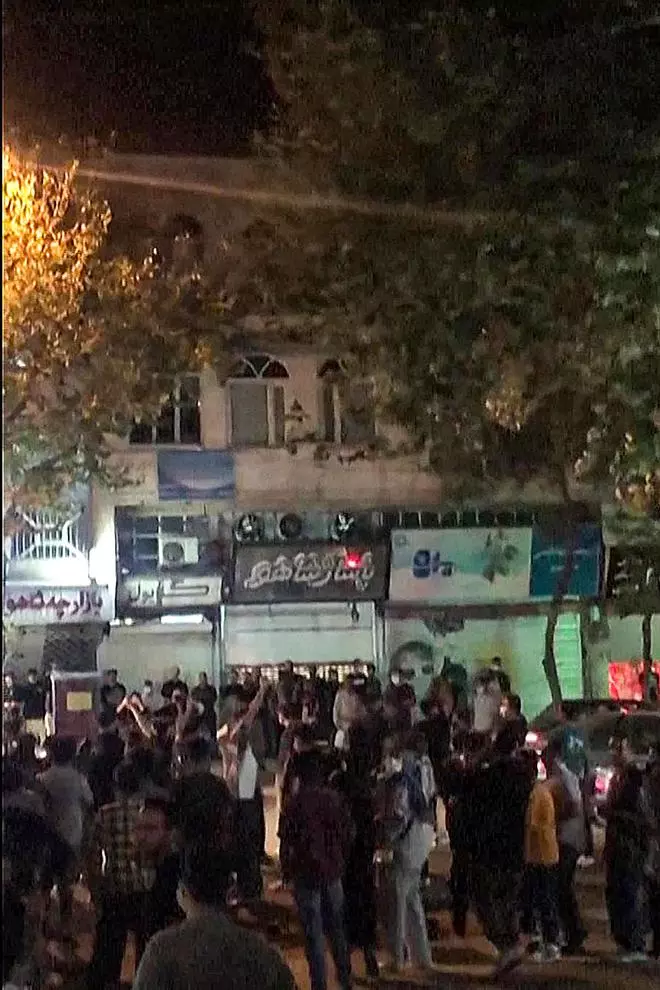
In all the protests that have taken place in the last two decades, economic and political issues predominated. The 2009 protests were the most serious as the clerical establishment was seemingly poised for a split: Many prominent personalities in the so-called moderate camp in the Iranian political establishment raised their voice against the conduct of the election and the role of the religious hierarchy. They were mainly followers of Mohammed Khatami, who was President before Ahmadinejad took over. However, the Islamic Republic’s legitimacy was never questioned by the “green movement”. The hijab did not figure in those protests.
This is the first time that the question of the hijab has taken centre stage. The economic travails that ordinary Iranians have to face, including rampant unemployment and high inflation, mainly as a result of the draconian sanctions imposed by the West, have added fuel to the fire. Along with slogans demanding the removal of the hijab rule, there have been vociferous calls for regime change.
The Kurdistan factor
The protests have been particularly vociferous, even violent, in Kurdistan, Amini’s home province. The Kurds in the region have at various times in the past 70 years, most often with help from the CIA, staged insurrections against the government in Tehran. The Kurdish homeland that parties like the PKK (Kurdish Workers Party) dream of comprises huge swathes of land in Iran, Turkey, Iraq and Syria. Amini’s funeral in Saqqez in Kurdistan province drew a big crowd of mourners. Protests broke out in the province soon after and spread to other parts of the country. Kurds constitute around 10 per cent of Iran’s population.
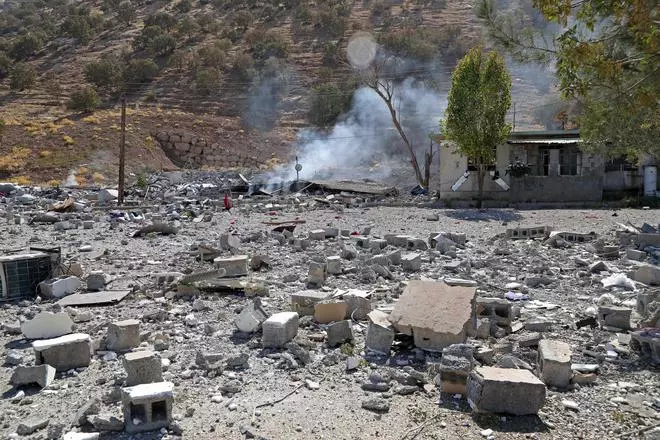
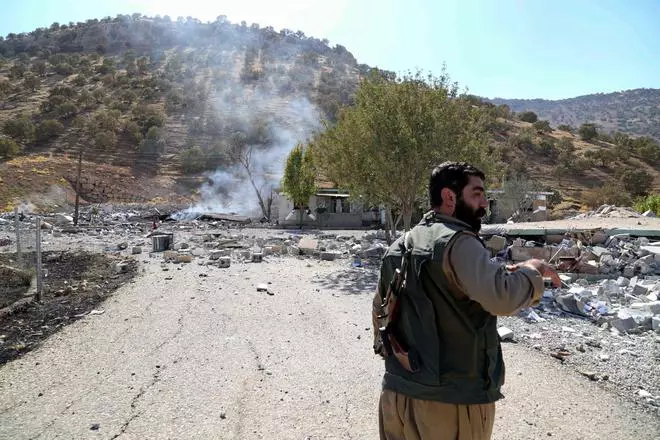
The Iranian government has accused the Kurdish left-wing party known as Komala of being behind the violence during the anti-government protests that rocked Kurdistan in the second half of September. Iran calls the party a “terrorist” group which is fighting for an independent Kurdish state. The Islamic Revolutionary Guards Corps (IRGC) shelled Komala guerilla bases in northern Iraq after protests broke out in Kurdish areas. Iran has said that the group tried to smuggle in “armed teams and high volumes of weapons”, taking advantage of the current unrest.
Students on the streets
Much of the support for the protests has come from university students chanting slogans like “Death to the Dictator” and the Kurdish slogan—“Women, Life, Freedom”. Unlike in previous protests, importance has also been given to social issues like woman’s rights. Famous sports personalities, cinema and theatre artistes in Iran have spoken in favour of the protests. They include the legendary Iranian footballer Ali Karami and the famous actor Pantea Bahram. The Union of Islamic Iran People’s Party, a reformist party formed by supporters of the former Iranian President Mohammad Khatami, has called for the scrapping of the hijab law.
By the end of September, Iranian state media reported that more than 41 people, including many security service members belonging to the police and the paramilitary Basij force, had been killed in the violence. There has been large-scale destruction of public property. Many government offices were burnt down, mainly in Kurdistan, and more than 730 protesters, including 60 women, were arrested in the province of Gilan alone. State media described the protesters as “rioters”.
Counter rallies
President Raisi said in the last week of September that he had ordered the police and the security agencies to “decisively confront” those who “oppose the country’s security and tranquillity”. Access to Internet channels like WhatsApp and Instagram were severely restricted after the protests started spreading.
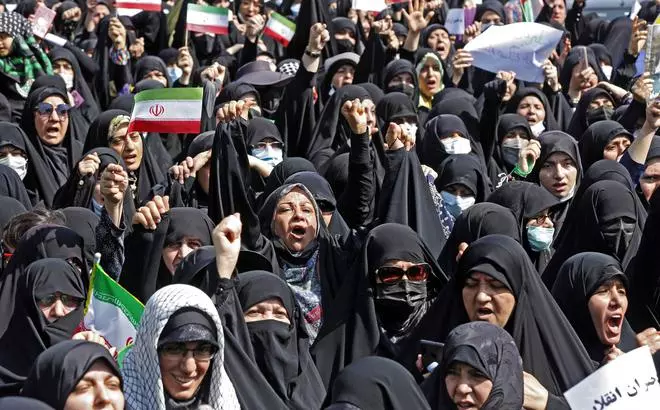
Meanwhile, the government urged its supporters to stage counter rallies. In the last week of September, two pro-hijab rallies were taken out in Tehran and cities such as Isfahan, Ahwaz, Shiraz, Qom, and Tabriz after Friday prayers and on Sunday. The rallyists raised slogans condemning the anti-government protesters as “agents of Israel”. They chanted that the “offenders of the Quran will be executed”.
The last thing the Iranian government wants at this juncture is internal unrest. To this day Iranian scientists and senior military officers have been targeted for assassination by Israel and its proxies inside the country.
The protests on the hijab issue are not expected to last long as there is no real unity or leadership among those who took to the streets. Some of the protesters want the hijab law to be lifted while others only want the dissolution of the morality police. A minority among the protesters have made the dangerous demand for the overthrow of the Islamic Republic. It is this call that seems to have angered the authorities. By September-end, there were no reports of serious unrest on the streets of Iranian cities.
American angle
The current unrest is happening at a time when Iranians are hoping for the revival of the nuclear deal with the US, which could go a long way in reviving the economy. However, the US administration of President Joseph Biden has demanded more concessions. Western nations have used the hijab protests to pile up diplomatic pressure on the Iranian government. Biden in his speech to the UN General Assembly said he stood in solidarity with “the brave citizens and brave women who now are demanding to secure their basic rights”.
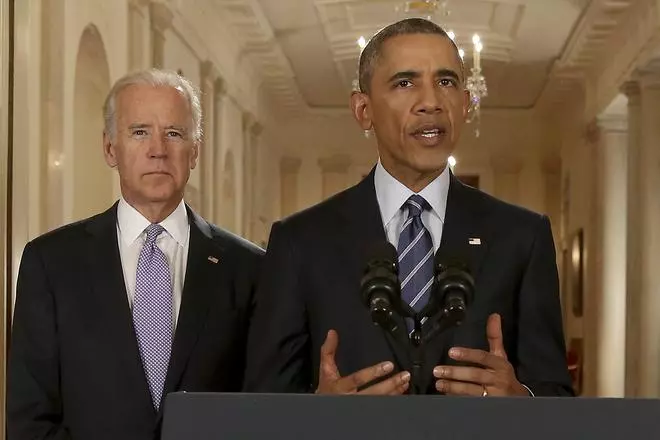
During the 2009 protests, the Obama administration was careful not to antagonise the Iranian government as secret negotiations were going on for the signing of the nuclear deal. Biden was Vice President in that administration. But Biden, unlike Obama, has been very loud in his support of the anti-government demonstrators this time. It may be an indication that the nuclear deal may not be revived after all.
Iran’s Foreign Minister, Hossein Amirabdollahian, has criticised American support for the protesters. “Peaceful protest is the right of every nation. However, US involvement in Iran’s affairs and support for ‘rioters’ in implementing their destabilisation project is in clear conflict with Washington’s diplomatic message to Iran regarding the necessity of a nuclear deal and establishing stability in the region,” he said.
US facilitates Internet access
The Biden administration has permitted the American tech billionaire Elon Musk to activate his “Starlink” Internet constellation operated by SpaceX so that Iranians can get unrestricted access to the net. The US State Department described the move as a relaxation of American sanctions to help the Iranian people. The economic sanctions, which have caused widespread poverty and pain to the ordinary Iranian citizen, however continue to remain in place.
The Iranian Foreign Ministry said that the move to remove some of the Internet-related sanctions was “a violation of Iranian sovereignty”. Legal experts say that it is a violation of international telecom laws for companies to offer their services without the consent of the governments concerned. Anyway, for Starlink to work in Iran, thousands of its terminals worth millions of dollars will have to be smuggled into the country. The Starlink-powered Internet, which started operating in Ukraine soon after the conflict there began, is said to be working effectively. That is because the US-supported government in Kyiv allowed the State Department to dispatch more than 15,000 terminals.
British Foreign Secretary James Cleverly said the Iranian government should now realise that the people “are unhappy with the direction they have taken”. The European Union, along with human rights groups, called for an independent investigation into the Iranian state’s handling of the protests. In Paris, London, Athens and Oslo Iranian embassies were attacked by protesters in solidarity with those demonstrating in Iran.
The Crux
- Mahsa Amini, 22, died in police custody on September 16 after being arrested for violating Iran’s strict dress code.
- Protests broke out all over Iran and women showed their defiance by throwing off their headscarves and cutting off hair.
- The authorities said Amini was not beaten in custody and she died because she had a heart condition, but the family denied she had any health problems and there are few takers for the government’s claims.
- The government, worried by calls for regime change, is cracking down on the protests, encouraging counter rallies and blocking social media platforms.
- The government accuses the Kurdish left-wing party Komala of being behind the violence during the anti-government protests in Kurdistan.
- Iran calls the party, which is fighting for an independent Kurdish state, a “terrorist” group.
- The US has come out in support of the protests, which might indicate that the nuclear deal may not come through after all.
Disclaimer: This page expresses the views of the author. We publish it on this site for discussion
– Senthalam news section









